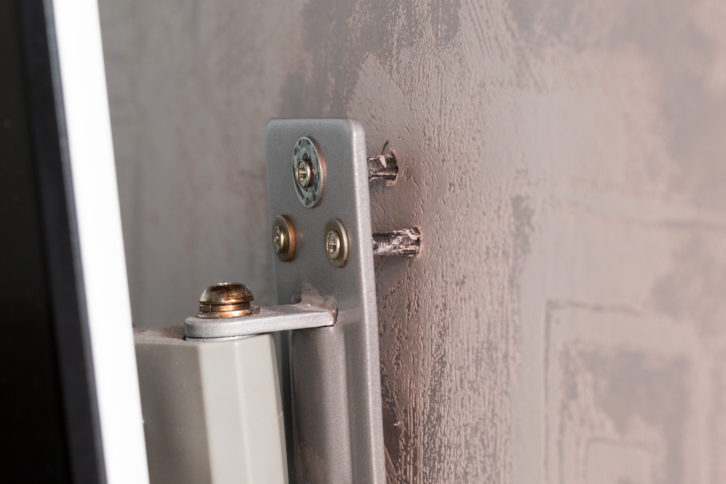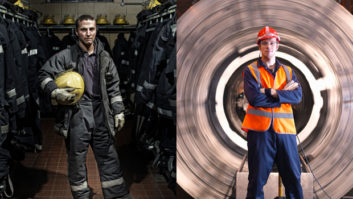
It was shaping up to be a pretty good Thursday until I glanced at my text messages and saw the photo that changed everything. There, blown up to full-screen size, sat a TV clearly fallen off a fireplace wall mount. I texted my operations manager back. Was this the work of a competitor? Maybe a DIY gone wrong? No. It was our work. We did it. Shock and disbelief swept over me. In 18 years, I’ve never seen such an example of things gone wrong. The buck stops here so I decided to figure out what happened to ensure we don’t repeat the experience.
The journey to the fallen TV started long before installation. We specified a MantelMount with a 55-inch TV to sit above a fireplace with a cinder block surround. Our sales process usually consists of some basic discovery and the rest leans pretty heavily on our installers knowing how to mount heavy things (usually TVs) on all kinds of different wall types.
Also by Henry Clifford: Rapid Improvement Plan – Recurring Monthly Revenue Attachment
I checked out the MantelMount manual and found documentation that clearly states the MantelMount should only be mounted to wooden stud framing with some specific callouts for concrete and cinder block installations. The wall in this case was sheetrock with furring strips and cinder block behind. Our installer was nervous about installing the MantelMount in this environment and reached out to his colleagues for advice. After a few conversations, the installer proceeded to finish up and leave the job site. A few hours later, the fallen TV photo appeared on my phone.
Where did we go wrong and how do we keep this from happening again? We communicate to our employees that “everyone is a safety officer.” If something looks unsafe or is going to cause issues, each team member is individually responsible for speaking up. That didn’t happen in this case. We’re going to take the opportunity at our next all-hands meeting to re-communicate the importance of speaking up if you’re not comfortable. We need to do a better job giving our employees permission to make mistakes and fail fast. It’s easy to slip into fixing blame vs. fixing the problem if we’re not careful. In this case, we let the installer know we had his back and everyone makes mistakes.
Just like the story “Who Ate the Pie?” figuring out who is responsible is far less important than engineering change in our organization. I could care less who did what. The past is the past. We can’t change what happened, but we can sure as hell can engineer a better result next time. Business guru Marshall Goldsmith does a great job at architecting a healthy environment for critical feedback using what he calls the FeedForward method where the past is treated as a hotspot area where egos can become easily bruised. Instead, he encourages his clients to talk about what could happen differently next time. The future, as it turns out, hasn’t happened yet, and there are no ego issues at play. It’s an incredibly simple and effective technique.
Also by Henry Clifford: Hire More Now
Using FeedForward, we’ve figured out that next time it would be best to raise the red flag earlier in the game and certainly never let things get to the point where we’re installing unsafe solutions.
Luckily the story has a happy ending. We got back out there within 24 hours and put things right.
Have you ever had a “TV falling off the wall” moment? Are you using FeedForward in your business?
Stay frosty, and see you in the field.
Residential Systems is now on LinkedIn! Click here to follow us for business and technology insights!






